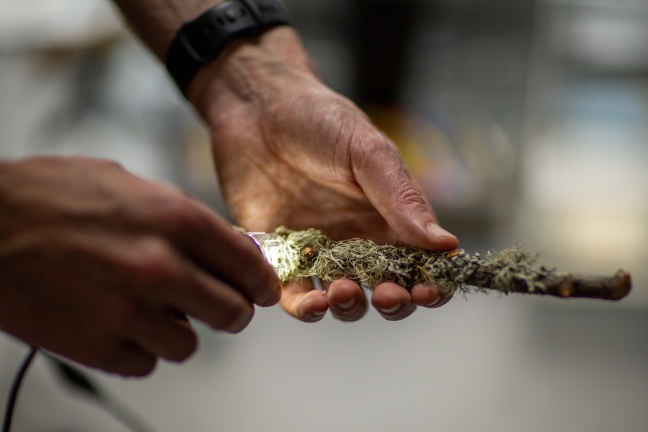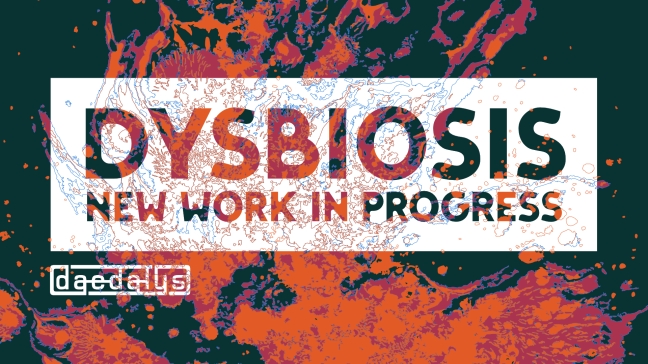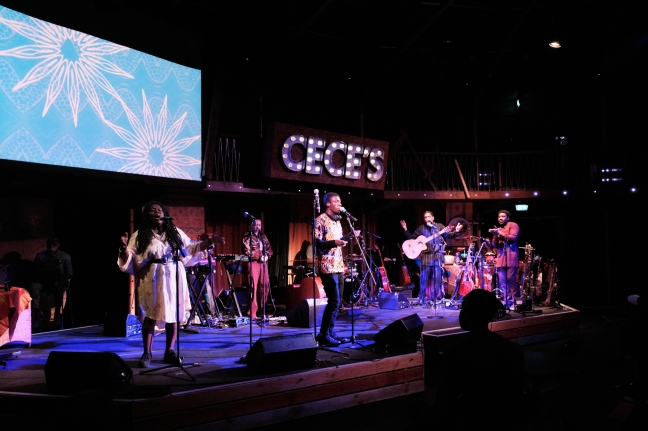Here’s a quick selection of my work: use the menu to explore further or scroll down this page for my articles, posts, updates and other writings.

Plot 17, written and performed by Kenny Baraka, with DJ Conrad Kira, touring schools in an adpated horsebox. Set, costume and video design: Paul Burgess. An Apples and Snakes production. Photo Suzi Corker. 
Light Waves, Dark Skies, directed by Mat Ball for We Made This, Chapter Arts and touring. Set, costume and projections by Paul Burgess 
Deafinitely Theatre’s 4.48 Psychosis – a co-production with the New Diorama Theatre. Set, costumes and video: Paul Burgess. Lighting, Joe Hornsby. Full credits available on Deafinitely website. Photographer: Becky Bailey 
Deafinitely Theatre’s 4.48 Psychosis – a co-production with the New Diorama Theatre. Set, costumes and video: Paul Burgess. Lighting, Joe Hornsby. Full credits available on Deafinitely website. Photographer: Becky Bailey 
Switch ECHO by Adriano Shaplin at WUK, Vienna, directed by Alex Leiffheidt 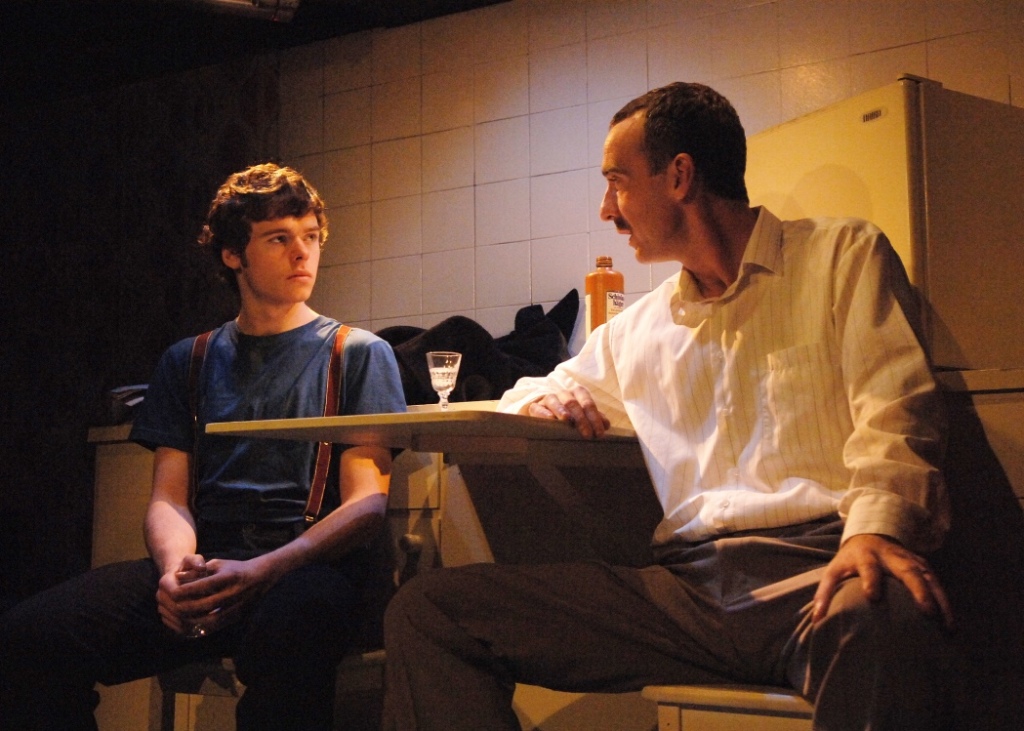
Tom Fool at Glasgow Citizens’ Theatre 2006 and The Bush, London 2007. Cast: Liam Brennan, Meg Fraser and Richard Madden Director: Claire Lizzimore, Designer Paul Burgess, Lighting and sound Graham Sutherland. Photo credit: Richard Campbell. 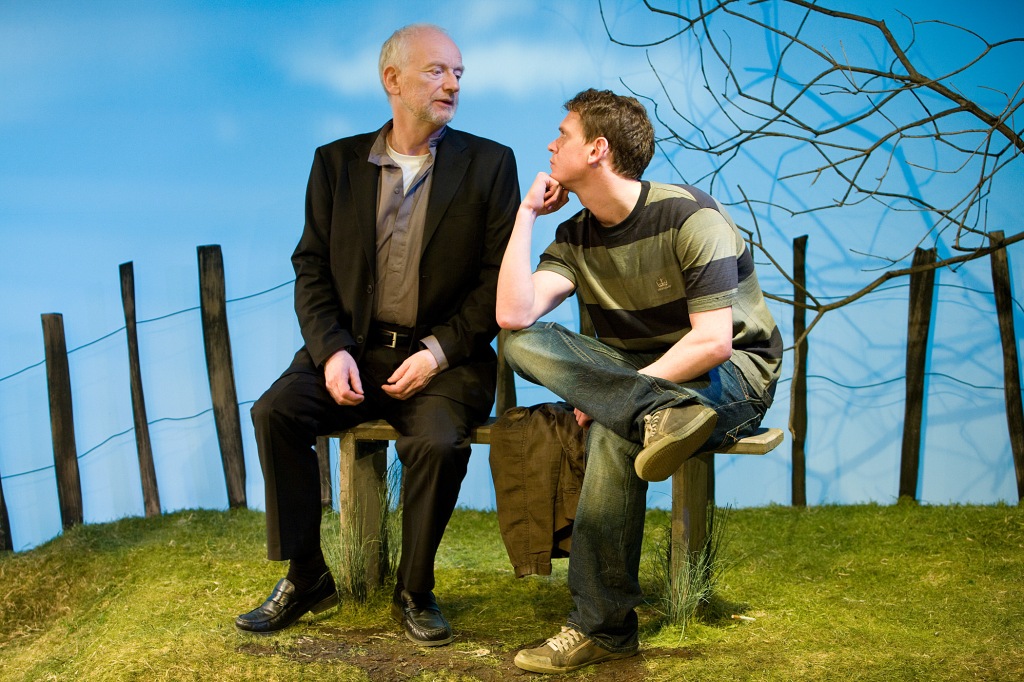
Jonah and Otto by Robert Holman, directed by Clare Lizzimore, designed by Paul Burgess, with Ian McDiarmid and Andrew Sheridan 
Our Country’s Good at The Watermill, Newbury, directed by Alex Clifton 
Deafinitely Theatre’s production of A Midsummer Night’s Dream in BSL at Shakespeare’s Globe, directed by Paula Garfield. Sets and Costumes by Paul Burgess. Photo: Simon Kane 
Deafinitely Theatre’s production of Contractions, with Fifi Garfield and Abigail Poulton 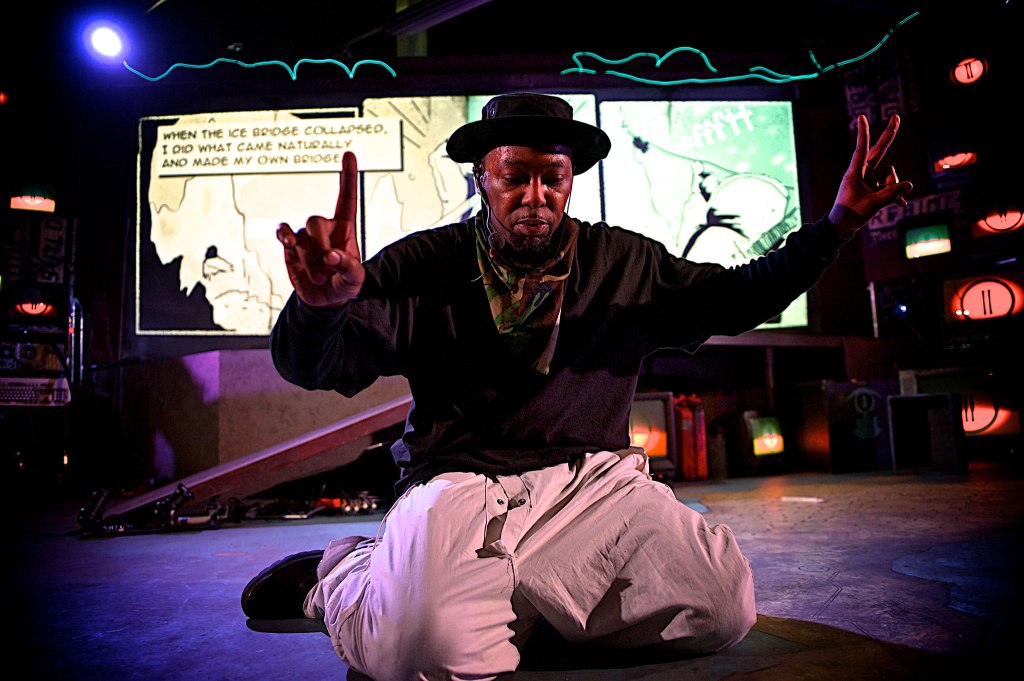
The Rememberers, a live, hip-hop graphic novel, written and performed by Kenny Baraka. Video design by Arnim Freiss using drawings by Cristian Ortiz 
Stranger, by Same Stuff Theatre with perormers Phan Y Ly and Ho Ngoc Bao Khiem, director Rob Hale and scenographer Paul Burgess. BlackBox, Hanoi, World Stage Design, Cardiff, Tara Arts, London, and The Albany London 
Other Hands by Laura Wade, Soho Theatre, dircted by Bijan Sheibani, designed by Paul Burgess. Cast in this photo: Anna Orton and Michael Gould. 
On the Rocks by Amy Rosenthal, directed by Clare Lizzimore and designed by Paul Burgess, Hampstead Theatre 
Graeme Mackay, Susan Worsfold and Onur Orkut in Selfish at The Arches, Glasgow 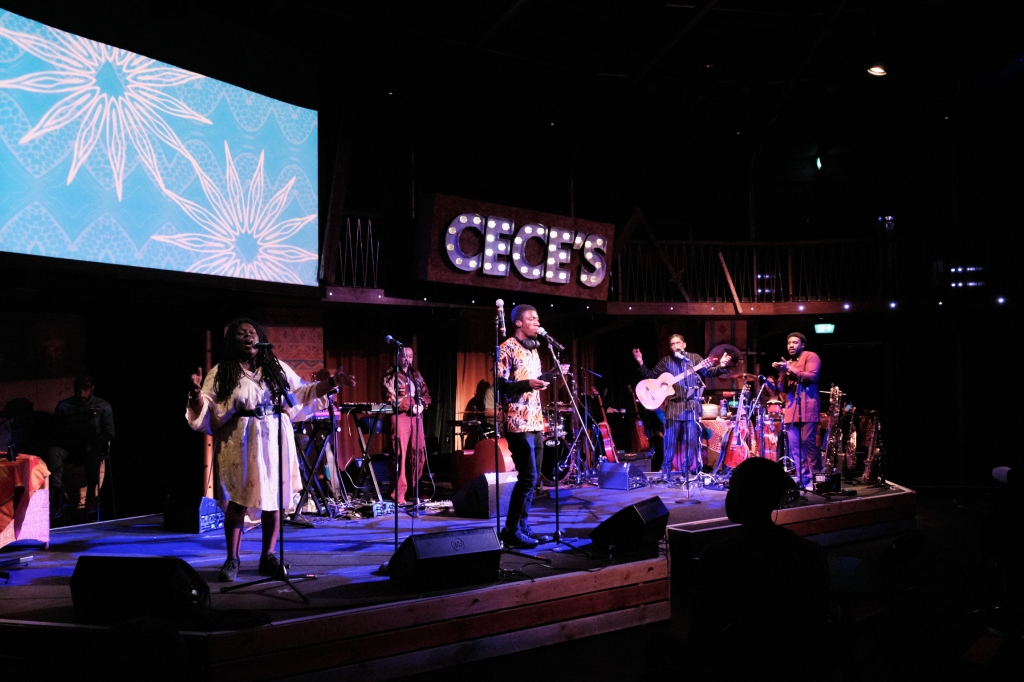
Cece’s Speakeasy, by Apples and Snakes, at The Albany, London. A collaborative project led by Zena Edwards. Set, costume and video design, Paul Burgess. Associate designer: Carly Brownbridge. Featuring Jan Blake, Anthony Johnson, The Repeat Beat Poet, Safiya Kamaria Kinshasa, Amyra León and others. Music director: Eric Appapoulay. Producer: Lisa Mead 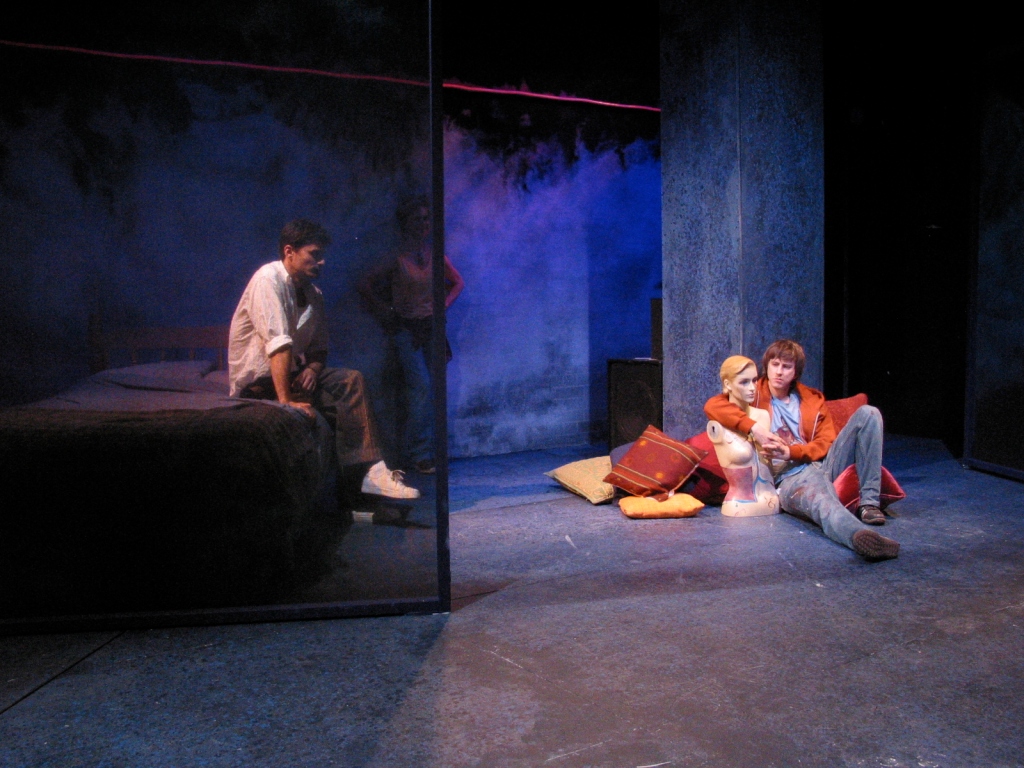
Shoreditch Madonna by Rebecca Lenkiewicz, directed by Sean Matthias



